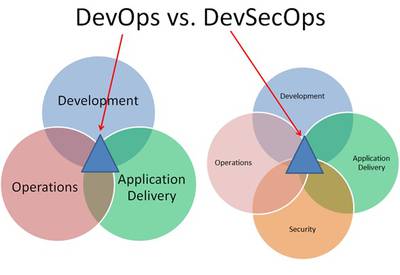In recent months, Russia has terrorized Ukraine’s front-line troops and nearby cities with glide bombs. They are large, free-fall bombs with pop-out wings and satellite navigation, which operate similarly to weapons equipped with the United States’ precision-guided, aerial Joint Direct Attack Munition.
Currently, Ukraine has few counters to glide bomb strikes.
As Ukraine gains new Western arms and technologies, it can better address the threat. But the West will also need to show more flexibility in the conditions it sets for Ukraine’s use of advanced weaponry.
Glide bombs are cheap. Russia is firing hundreds a week at Ukrainian targets at and behind the front lines. These bombs are small and difficult to spot on radar. They do not use propulsion or emit a detectable heat signature. Russian aircraft launch glide bombs dozens of miles behind the front lines, in relative sanctuary.
Ukrainian President Volodymyr Zelenskyy said that 3,000 glide bombs hit targets in March. More Patriot air defenses were needed, he said, to stop the bombs from wreaking destruction on infrastructure. The U.S. is sending more Patriots, but interceptors are expensive. The cost-exchange ratio is unfavorable.
The most practical counter to glide bombs is to destroy the launching aircraft — on the ground or in the air. This can be done by employing a mix of tactical missiles, air-to-air capabilities and electronic warfare.
Ukraine is skillfully using tactical missiles and drones against ground targets. In May, long-range (as in 186 miles) U.S.-produced Army Tactical Missile Systems destroyed three advanced combat aircraft in Crimea.
In June, Ukraine fired at least 70 of its own drones against a faraway Russian airfield, possibly destroying three aircraft configured to launch glide bombs.
Under recently relaxed U.S. policy, Ukraine can fire Army Tactical Missile Systems, or ATACMS, at forces in Russia that are attacking or about to attack Ukraine. But Ukrainians say this applies only to targets 60 or so miles inside Russia. The U.S. may be wise to permit ATACMS to strike distant airfields.
If even longer ranges are needed, the U.S. might provide air-launched, ground-attack Joint Air-to-Surface Standoff Missiles. The Finnish and Polish air forces rely on these low-observable arms.
Incoming Western equipment could offer a second way to neutralize glide bombs. Ukraine may soon acquire European F-16 fighters and two Swedish airborne early warning and control, or AEW&C, aircraft.
Pairing them would create a new capability, especially if the U.S. provided long-range (or 20-plus-mile) Advanced Medium-Range Air-to-Air Missiles. They could strike many aircraft before bombs were launched. Radar-guided AMRAAMs have a range longer than glide bombs.
Saab AEW&C aircraft will be a force multiplier. They can identify targets out to some 250 nautical miles and detect airborne and ground-based radars. This is essential to track and destroy distant aircraft and air defenses.
Although Ukraine’s F-16s will be older, they will have many modern electronics. This may include Link 16, a NATO-standard system to exchange tactical data. Flying over Ukraine at a safe distance, the AEW&C aircraft could vector F-16s to targets. Some proficient Swedish air battle managers may be needed until Ukrainians are fully trained.
Over time, the U.S. might also assist Ukraine to build a more substantial air force. Some retired F-16s and U.S. Navy E-2 Hawkeye AEW&C aircraft stored in Arizona could be refurbished for Ukraine.
Electronic warfare offers a third way to defeat glide bombs, by confusing their GLONASS or GPS satellite navigation systems. Electronic warfare works better against some systems than others. To protect critical infrastructure, Ukraine would need powerful jammers to block satellite signals over a wide expanse.
A glide bomb may rely on a backup inertial guidance system should satellite navigation fail, but this is less accurate for precision targeting. Errors increase the farther the bomb flies without satellite guidance.
In warfare, silver bullets are rare. Fighting often requires multiple capabilities and innovative or flexible use. More of both will be needed to enable Ukraine to defeat the glide bomb threat. Long-range tactical missiles, F-16s and AEW&C aircraft, plus advanced electronic warfare tools — and more flexible U.S. policies for their use — could give Ukraine a potent force.
John Hoehn is an associate policy researcher at the think tank Rand. He was previously a military analyst with the Congressional Research Service. William Courtney is an adjunct senior fellow at Rand. He previously served as the U.S. ambassador to Kazakhstan, Georgia and the U.S.-Soviet Commission.








